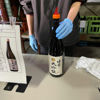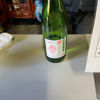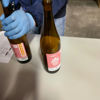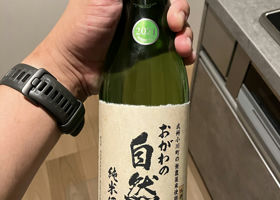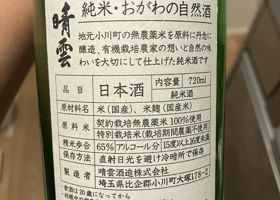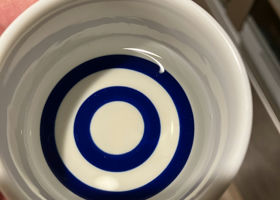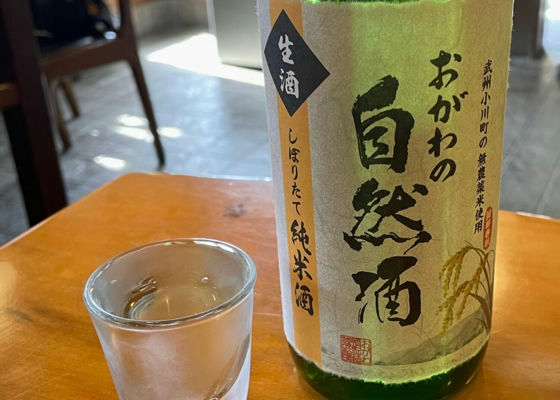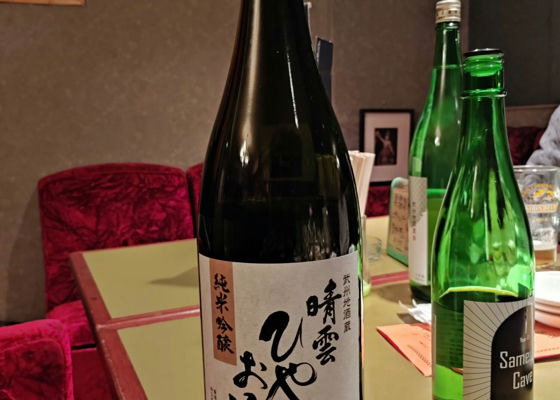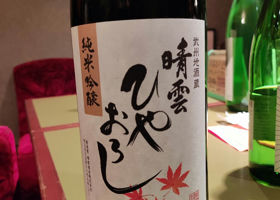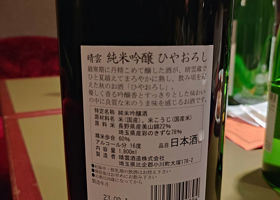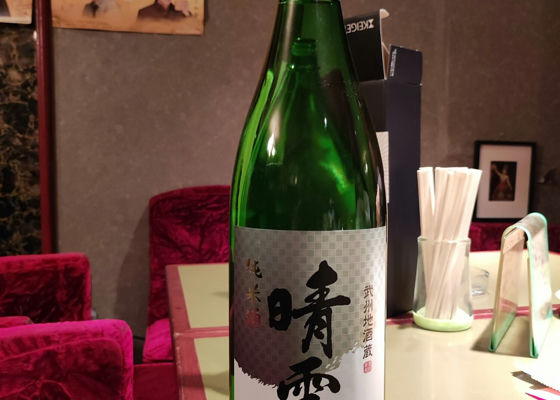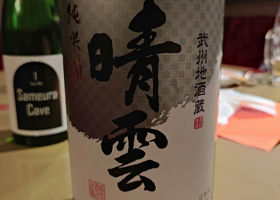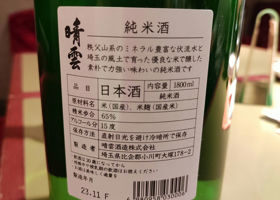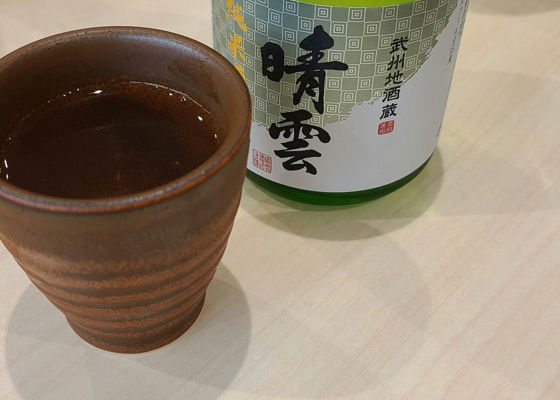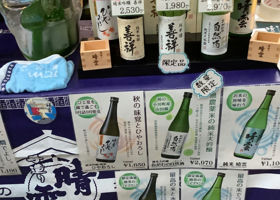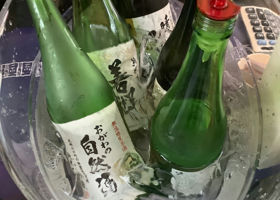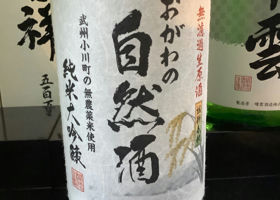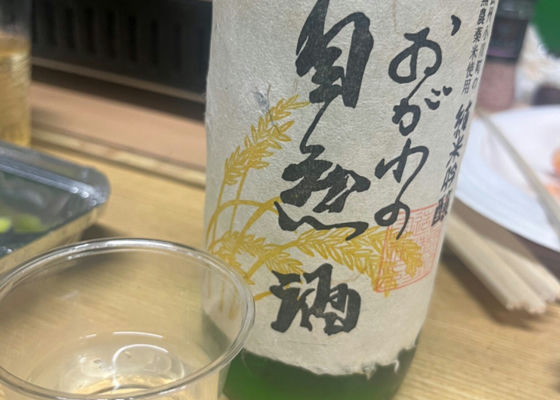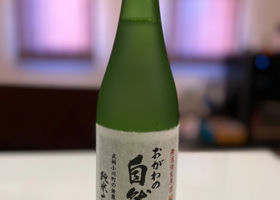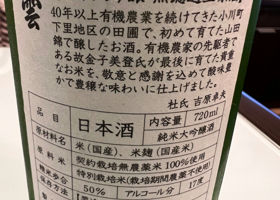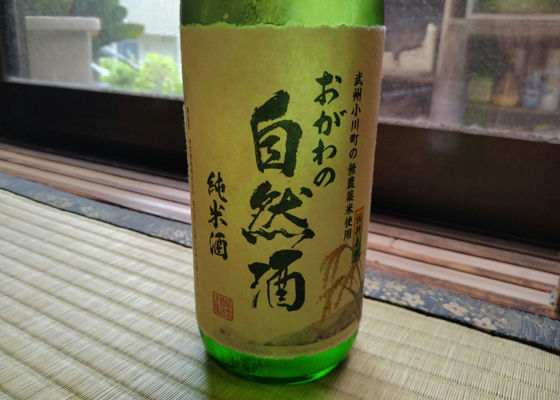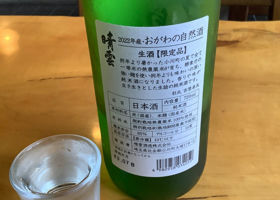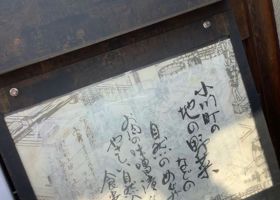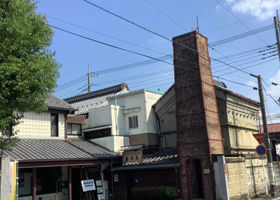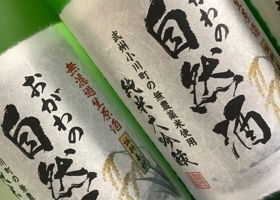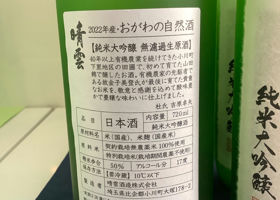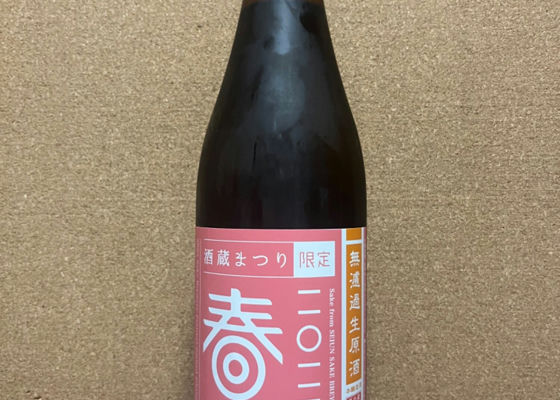
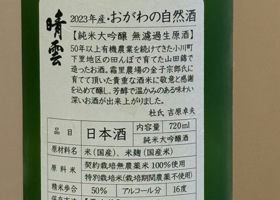
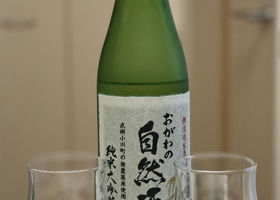

shinsaku3
Overall 9 (out of 10)
I bought this sake 🍶 when I went on a tour of local Saitama sake breweries on May 12.
From the beginning of drinking to the aftertaste, the rice flavor, acidity, and astringency are gently mixed together without being too strong.
It has a warm taste as described.
It was served very cold.
The aroma I felt was
-Aroma: The aroma of the rice is very delicious.
-Aroma: Slightly acidic aroma.
Taste sensation
The higher the number, the stronger the taste (5 is the maximum)
-Spiciness: 1 at the beginning → 1 in the aftertaste
-Sweetness: 1 at the beginning → 1 in the aftertaste
-Sourness: 1 at the beginning → 2 in the aftertaste
-Bitterness: 0 at the beginning → 1 in the aftertaste
-Astringency: 1 at the beginning → 2 in the aftertaste
-Rice flavor: Start 2→ Lingering 2
Mouthfeel I felt】→ 2
Smaller number = light and smooth
Bigger number = thicker and richer
(5 is the maximum)
Japanese>English
ぺっほ
Delicious natural sake!
Drain the tofu and wrap it in a sauce made with mirin and miso (today I added soybean paste and yuzu) and refrigerate it in a Tupperware for half a day. Remove the miso sauce and serve as a toast! Please try it!
Japanese>English
ジェイ&ノビィ
Hello shinsaku3 & Pekho😃!
We would love to do a sake brewery tour in our hometown Tochigi! We'd like to do that too 😊I like the names of the sake breweries that promote Ogawa-machi too 🤗The information about Tsumami at ℹ️ will be helpful too 👋
Japanese>English

